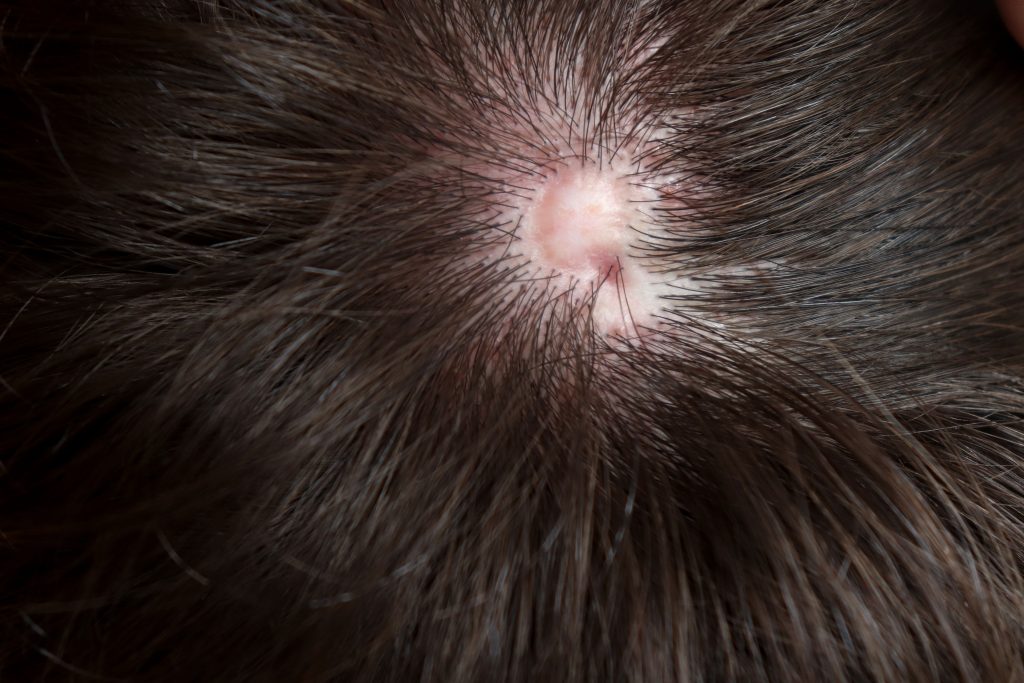Aplasia cutis congenita is a congenital epidermal defect of the midline scalp, but why it forms mainly at this anatomic site has been unknown.
Now, researchers have now identified the mechanisms behind mutations that cause a congenital condition called aplasia cutis congenita. Depending on whether mutations are in the KCTD1 or KCTD15 genes, additional characteristics beyond the scalp—such as kidney or heart problems—are also present.
When investigators from Massachusetts General Hospital (MGH) modeled KCTD1 and KCTD15 mutations in cells and mice using genetic approaches, they found that the defects lead to the impairment of certain cells that are part of the midline cranial sutures and that these cells normally express growth factors that induce skin formation over the skull.
They found that the aplasia cutis congenita-related KCTD1 and KCTD15 mutations result in a lack of function of the KCTD1 and KCTD15 proteins expressed by these genes.
In mice, aplasia cutis congenita occurred when these proteins were inactivated in neural crest cells of the cranial midline sutures. Without KCTD1 and KCTD15, which interact with each other to form protein complexes within cells, neural crest cells were impaired, resulting in diminished expression of growth factors that normally stimulate the formation of skin.
These findings reveal a previously unknown role of neural crest cells of midline cranial sutures for the formation of the overlying scalp skin. Experiments also revealed important roles of these proteins in forming skin appendages, such as hairs, sweat glands, and sebaceous glands.
“We solved a centuries-old enigma, which allows us now to explain why this congenital skin disease affects the midline scalp but not other areas of the skin,” says senior author Alexander G. Marneros, MD, PhD, a principal investigator at the Cutaneous Biology Research Center of MGH and an associate professor of Dermatology at Harvard Medical School in Boston, in a news release. “In the process of this study, we also uncovered fundamental new insights into mechanisms that orchestrate skin and skin appendage formation.”
The findings may be used to develop strategies to target the anomalies associated with aplasia cutis congenita, however, additional questions remain, and more research is needed. “We are now exploring the downstream molecular mechanisms through which KCTD1 and KCTD15 complexes affect the function of cells in and around the skin during development,” says Marneros.
The research is published in The Journal of Clinical Investigation.


